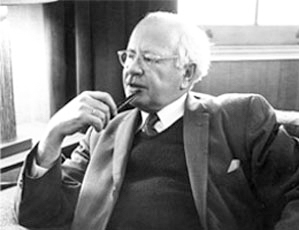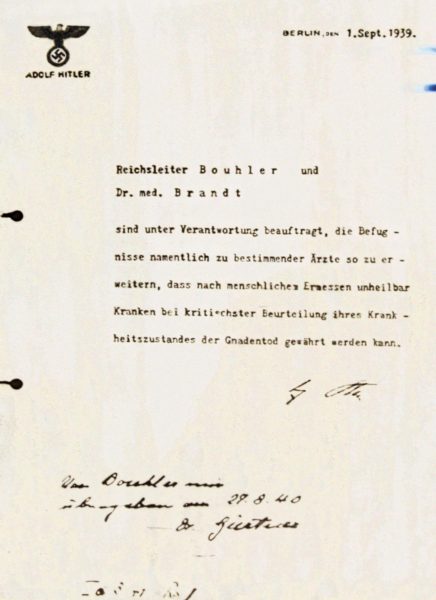Fifteen years after the end of World War II, William L. Shirer published his epic book, The Rise and Fall of the Third Reich. I purchased the book almost forty years ago through the “Book of the Month Club”⏤remember that organization? (Believe it or not, BOMC still exists.) I just finished reading it and there were many topics from ninety-years ago that pertain to today’s world. Today’s blog captures one of those subjects.

William L. Shirer (1904−1993) was an American journalist and war correspondent. He was an eyewitness to the rise of Adolf Hitler and Nazism during the 1930s. He started as a print journalist and worked for Universal Service until 1937 when he was fired from the William Randolph Hearst news company. Edward R. Murrow, European manager for CBS, immediately hired Shirer to open a bureau on the European continent. (Murrow worked out of the London office and wanted a correspondent located in Europe.) Shirer’s office was in Vienna but most of his reporting was done onsite from Paris, Berlin, and Rome. After Dunkirk, he personally followed behind the movement of German troops to report on the war. As the Nazis continued to pressure him in 1940 to report inaccurate information, Shirer suggested to Murrow that his tenure in Nazi territory was about over. Right about the same time, Shirer learned the Gestapo was developing a case against him for espionage which carried the death penalty. In December 1940, Shirer left Germany and did not return to Europe until 1945 when he covered the Nuremberg trials. Read More Diplomatic Lessons and Warning Signs,


